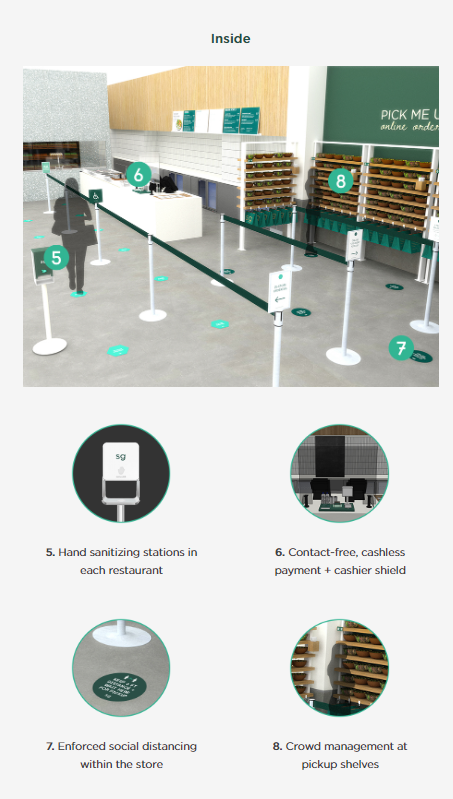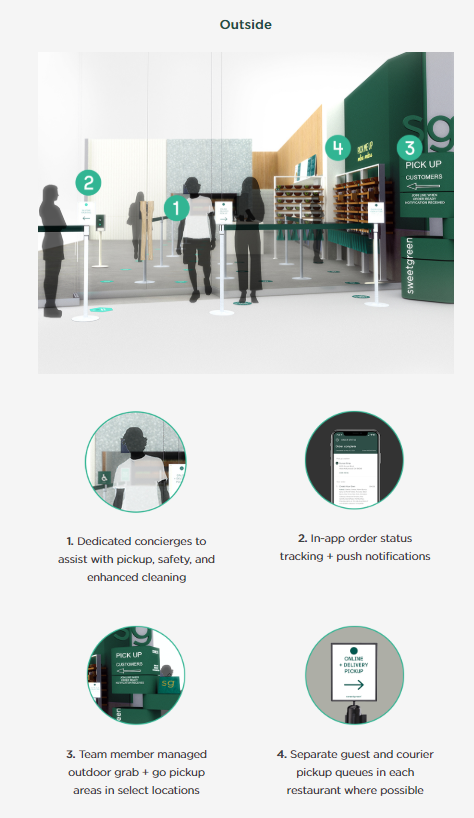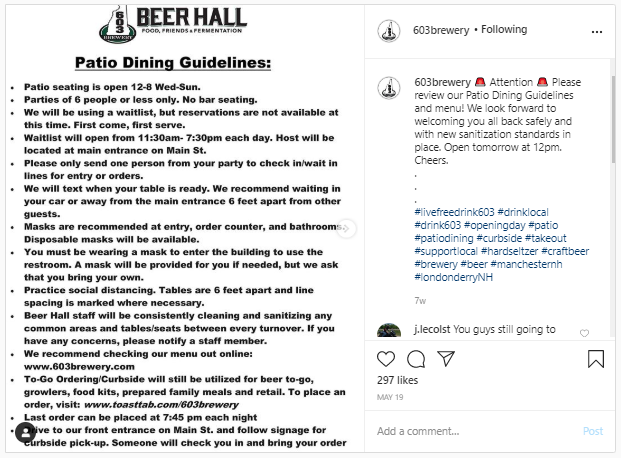Reopening a Business: A Guide to Returning to Your Workplace
Chapter 2
Communicate Your Reopening Plan
First: Meet with Your Employees
Once you finish your business assessment, the next step is to contact your staff and inform your customers. This is a case where over-communicating is best—spread the word through social media, post information on your website, send emails, and put hours and information on your doors.
With so much unpredictability and so many rapid changes, it’s important to keep employees in the loop about your business.
Talk to your staff about new schedules, sanitation procedures, and PPE requirements. Let them know what will be expected of customers since staff will be responsible for enforcing those rules.
Understand that communication with teams should be two-way.
People may be worried about returning to a physical work environment and the possibility of getting sick. In your communications, reinforce that people won’t be penalized for staying home to take care of loved ones and that they should talk to management if they feel uncomfortable returning to work.
This messaging is likely to build employees’ trust and boost their appreciation of their workplace. For more guidelines on communicating with employees, check out this resource.
Keep Customer Communication Informative and Encouraging
The next step is to talk to your customers. Use multiple communication channels, including email, social media, website posts, and signs in your store or office windows, to spread your message as widely as possible.
Update customers regarding new store hours and policies, as well as what will be expected of them regarding PPE.

Images from Sweetgreen
In Sweetgreen’s reopening email (above and below), they included details about new policies for both indoor and outdoor aspects of the business:

Images from Sweetgreen
For more tips on communicating with customers, check out this resource.
Set the Right Tone
The information you include in your messages helps set the tone for reopening a business and shows customers your priorities. Here are a few tips for creating compelling, comforting, and informative marketing messages:
- Directly address safety concerns. Customers want to see what you’re doing to keep them and your employees safe. Make dedicated posts on your website and social media talking about your health and safety procedures, including sanitation schedules, appointment policies, and employee PPE.
- Encourage customer feedback. Direct customers to your Facebook Messenger or marketing email, or ask them to respond in the comments of your post. Find out what they think of your new policies and procedures, and see if there are other measures you could take to help everyone feel safe in your store or office.
- Update your information regularly. Customers want the most recent, up-to-date information, especially when everything is changing so quickly. Make a posting schedule (such as every Tuesday and Friday), and let customers know what the schedule is, so they know when to look for updates.
- Say thank you. Thank your customers for continuing to patronize your business. Let them know how much you appreciate their support and patience as you develop and update your business reopening plan.
603 Brewery offers a good example of positive, informative communication in its Instagram:
When it reopened its patio, the business released clear guidelines for customers. But it also kept the tone friendly and upbeat in the caption by using phrases like “welcoming you all back safely” and ending on a positive note (“cheers”).The key to customer and employee communication is finding the balance of how much information you share. You want to reassure them of their safety and keep them up-to-date, but you don’t want to provide so much messaging that it overwhelms them and adds to their stress.
Looking for more help crafting messages to customers?
The next step in creating your business recovery plan is to adjust your advertising and marketing content to suit new customer behavior and attitudes.
We’ll cover this in Chapter 3.

